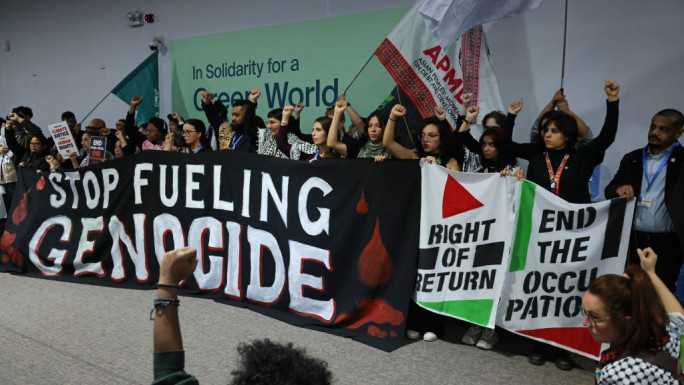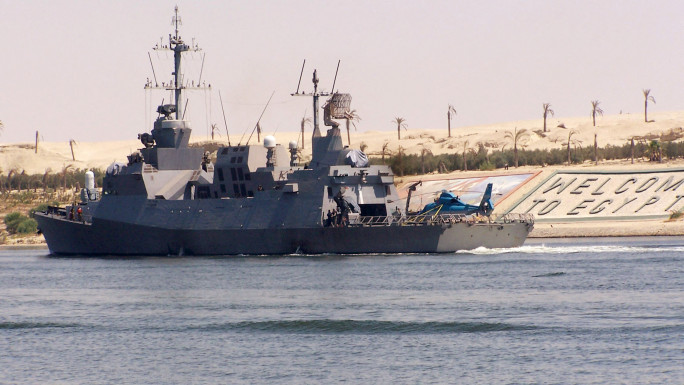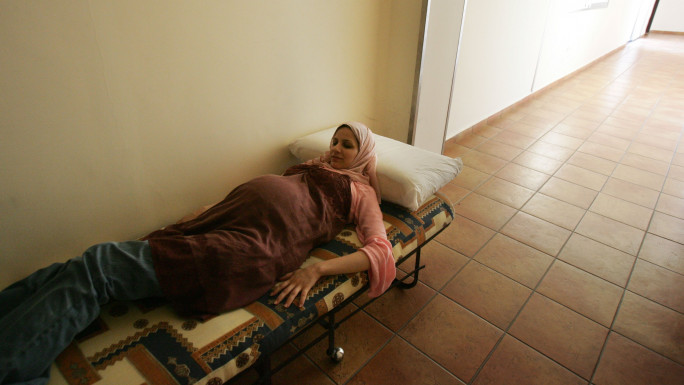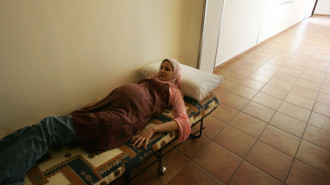The Culinary Crescent: Taking a trip through the history of Middle Eastern cuisine
Today, food critics in Europe and North America - from Nigella Lawson to Anthony Bourdain - have brought a rich array of dishes from the region onto TV screens, where in Europe, until recently, the cuisine was often ubiquitous with late Friday night takeaways of kebabs and shawarma.
Migration, over the generations, from Syria, Egypt, Lebanon and Palestine have put falafel and hummus on dining tables across the West, while regional specialties such as kibbeh are now regular features in Middle Eastern restaurants in London and New York.
The vegetarian-heavy cuisine has also found a way into the growing trends of veganism and healthy-eating. It makes it an apt time to review the history of the Middle East's culinary traditions.
As a well-known Islamic studies scholar, with a passion for Middle Eastern food, Peter Heine is best able to explain its significance and why it is able to make newspaper headlines today in his newly released book The Culinary Crescent: A History of Middle Eastern Cuisine, published by Gingko and translated by Peter Lewis.
The work is a concise, digestible and enthralling read with stories, recipes, and illustrations from across the Arab world, Iran and Turkey to show the significance cuisine has had on the region over the past 1,500 years. The work covers countries from Morocco to India, and delves into the traditions of the Umayyads, Abbasids, Mughals and Ottomans to uncover the cultural markers of these ages.
 |
Through food, The Culinary Crescent shows the common threads that bind the region together through trade, invasion and migration, but it also illustrates the Middle East's rich diversity through the stories of various dishes, and the rise and fall of empires |  |
Through food, The Culinary Crescent shows the common threads that bind the region together through trade, invasion and migration, but it also illustrates the Middle East's rich diversity through the stories of various dishes, and the rise and fall of empires.
Heine's poetic language brings the dishes on these pages to life, while dozens of recipes provide the reader with the opportunity to experiment in the kitchen.
He begins the book by explaining the culinary nuances of the region, and particularly the influence Islam has played on it. The most obvious of these is the prohibition of pork and alcohol, but Islamic tradition is also thick with sensual descriptions of food and drink, illustrated in the stunning depictions of paradise that await the faithful, putting food at the centre of life, and death, itself.
Fasting serves as a vehicle in helping Muslims appreciate the value of food, while communal feasts on religious holidays or at the end of fasting also help bind families and communities together.
The book describes Prophet Muhammad's asceticism - frequently warning his followers not to indulge too much in food lest they be led astray, which is a tradition still continued by many today. He also mentions the Prophet Muhammad's love for tharida, a wholesome, ancient meat stew, with a modern take on the dish included in the book.
 |
After the death of Muhammad, food continued to play an important role, with court chefs introducing new and more sophisticated dishes.
Wealthy households employed large staffs with a clear hierarchy emerging in the kitchen, but with consultation and cooperation between workers.
Soup kitchens were also available to the poor, allowing wealthy patrons to put their piety on public display.
Cookbooks have also ensured that we can sample dishes enjoyed by Ottoman sultans and Mughal emperors, many of which are included in The Culinary Crescent.
Heine also highlights the role of trade in the development of certain dishes, with stories about the introduction to the region of what have become staple ingredients in modern Arab kitchens.
One example used by Heine is tomatoes. They were first cultivated in Italy before heading to southern France, and became known as "pomodari" or "golden apples". The Arabic word for tomato differs across the region, but the standard name "banadura", adapted from the Italian "pomodoro", suggests the fruit travelled from Italy to Egypt before heading to other parts of the Middle East.
The book also mentions the historic importance of cuisine for the militaries of various dynasties, with the Ottoman Janissaries announcing their rebellions by upturning their soup cauldrons at camp, signalling that they were no longer receiving the sultan's meals.
Leading into this, Heine discusses the role food played in the region's political and economic development, and looks at the misconceptions around some national dishes and the disputed claims of ownership for hummus, dolma and kanafeh.
 |
Leading into this, Heine discusses the role food played in the region's political and economic development, and looks at the misconceptions around some national dishes and the disputed claims of ownership for hummus, dolma and kanafeh |  |
Hummus has hit newspapers across the Arab world today following concerted efforts by Israel to co-opt it as a national dish. Palestinian activists have described the move as an act of cultural appropriation and urging a boycott of Israeli brands such as Sabra. The "theft" of hummus to Palestinians represents the Israeli occupation of Palestinian land itself.
Heine ends the book by noting the rise of the multi-billion dollar halal food industries, something that will likely continue to grow as the Muslim world's populations continue to increase.
Halal food has of course courted controversy in Europe, and reflects the sometimes fraught, but critical, relationship between the West and Arab world.
It makes The Culinary Crescent not just an essential read to learn more about Middle Eastern cuisine, but also to understand more about the region's history and relationships with other parts of the world.
Order your copy of The Culinary Crescent: A History of Middle Eastern Cuisine here.
Paul McLoughlin is an editor at The New Arab. Follow him on Twitter: @PaullMcLoughlin
The New Arab Book Club: Click on our Special Contents tab to read more book reviews and interviews with authors:






 Follow the Middle East's top stories in English at The New Arab on Google News
Follow the Middle East's top stories in English at The New Arab on Google News


